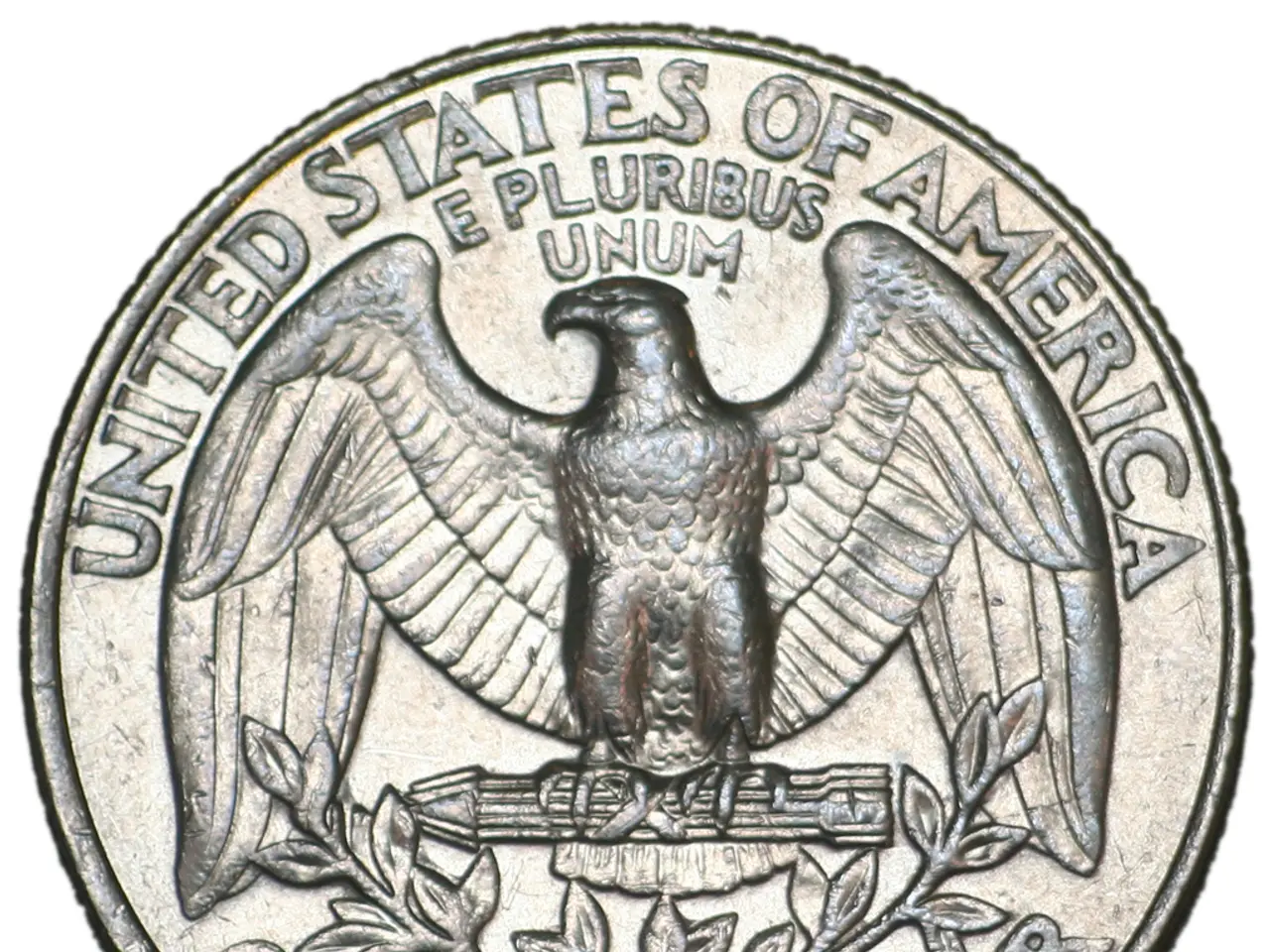Contemplating Purchasing Tesla Shares Prior to Jan. 29?
In the 2024 investing landscape, Tesla (TSLA) seemed to be playing second fiddle to AI stocks like Nvidia and Palantir. Elon Musk, the company's CEO, had his hands full with various business and political endeavors, causing a drop in investor enthusiasm for Tesla. However, astonishingly, Tesla shares have soared an impressive 100% in the past year, outperforming the market and boasting a staggering market cap of $1.3 trillion.
Now, as Tesla prepares to release its fourth-quarter earnings on January 29, the question on everyone's lips is: should you buy Tesla shares before the report?
Let's dive in and examine the factors that might influence Tesla's performance in Q4 2024.
Sluggish Sales and Profit Margin Erosion
Historically, Tesla was a growth beast, expanding its unit volumes at an astonishing pace. However, in 2024, the company experienced a significant slowdown in vehicle deliveries. The trailing-12-month deliveries have stalled, and unfortunately, 2024 deliveries dipped below 2023 levels. This slowdown can be largely attributed to the stagnating electric vehicle (EV) market and dwindling market share gains in the United States.
More disconcerting is the drop in profit margins. Tesla has been forced to slash prices to boost sales, with the gross margin plummeting to 18% and the operating margin down to a mere 8.5%. This represents a steep decline from the profit margins Tesla enjoyed a few years ago. The cost-cutting measures, coupled with stagnating deliveries, suggest weak revenue growth and persistently low profit margins.
Unclear Growth Prospects
While Tesla might be more than just an EV manufacturer, it's important to consider its ambiguous business ambitions. To achieve its ambitious goals of succeeding in the solar, battery, self-driving, and AI spheres, Tesla is invested in numerous projects. These projects include SolarCity, the Powerpack, Tesla Semi, and the humanoid robot project, Optimus, among others.
Though these projects could generate exponential growth for the company, the feasibility and timeline for their implementation remain uncertain. For instance, Tesla's self-driving car promises have gone unrealized, and the Optimus humanoid robot's demonstrations have sparked controversy.
The most significant concern is Tesla's lack of investment in AI. Elon Musk founded a separate company, xAI, which attracted significant funding. Investors ponder whether Musk's focus will primarily be on AI at Tesla or in another enterprise.
So, Should You Buy Tesla Stock Today?
Considering the factors mentioned above, it's challenging to be optimistic about Tesla's near future. The EV market is slowing down, and the financial impact of Tesla's new ventures remains uncertain. The company's valuation is also a major concern, with a P/E ratio of 111, almost four times the S&P 500 index average.
Even if Tesla outperforms or underperforms expectations in its Q4 earnings report, its stock price may still be a risky bet given its high valuation and uncertain financial prospects. It may be prudent to hold off on purchasing Tesla stock before the Q4 earnings update, favoring a wait-and-see approach.
In light of Tesla's sluggish sales and profit margin erosion, as well as unclear growth prospects, some investors might question the wisdom of investing in Tesla stock. Despite Tesla's impressive 100% increase in shares over the past year and the upcoming Q4 earnings report, the high valuation and uncertain financial prospects could make it a risky investment choice.
Finance experts often advise diversifying one's portfolio to mitigate risk, and with Tesla's uncertain future, exploring other investment opportunities in the finance market might be a prudent move for risk-averse investors.






